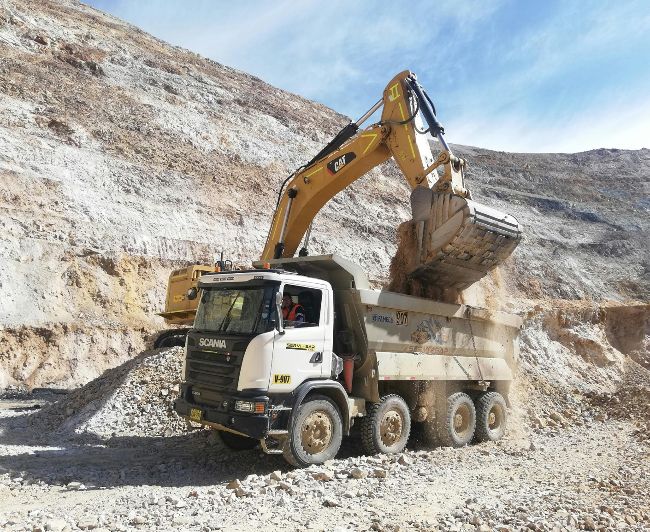Frequently Asked Questions FAQS
Oil monitoring and analysis for the mining sector
Efficiency is critical in mining, and regular used oil analysis and monitoring help minimize equipment downtime and costly failures. These proactive measures detect lubricant contamination and wear patterns early, enabling operators to address issues before they result in major damage or productivity loss. Here are answers to some of the most commonly asked questions about how and why mining operations should implement used oil analysis.
STAR QUESTION: I WANT TO START REGULAR OIL MONITORING. WHAT’S THE FIRST STEP?
I haven’t tried oil monitoring in the past because I’m not sure it’s worth the time and money. Why should I consider including oil monitoring in my regular maintenance routine?I haven’t tried oil monitoring in the past because I’m not sure it’s worth the time and money. Why should I consider including oil monitoring in my regular maintenance routine?
A Oil monitoring is a great proactive practice that should be incorporated into any maintenance routine. Oil analysis enables the detection and prevention of issues such as hydraulic system wear or contamination, allowing for prompt action before serious damage occurs.
For critical pieces of equipment, the attractive return on investment makes oil analysis a worthwhile endeavor. An initial investment for a full program’s test kits and quarterly monitoring can easily translate into significant equipment downtime savings. However, not every piece of equipment requires constant monitoring. When determining which piece of equipment requires constant monitoring, it is crucial to consider the consequences of that piece of machinery failing and whether it would result in the mine shutting down.
If the sampling process is more expensive than the potential damage or shorter drain intervals, it will not be worth it.
Used oil analysis can also provide the opportunity to optimize drain intervals safely. Regular oil analysis and trend monitoring may prove that change-outs can be extended because the oil quality has not yet been compromised. For large systems, extending drain intervals can be a huge opportunity for savings.
I want to start regular oil monitoring. What’s the first step?

Heavy Construction Equipment in Quarry. SOURCE | PEXELS OWNER DEYLER RIVERA SEGURA
A The first step in setting up an oil monitoring program is to ensure that there is an experienced, dedicated member of the team who will take on the responsibility of organizing the sampling process and reviewing the results. Often, operators send oil samples to the lab but fail to follow up on the test results. The next step is to identify critical equipment that needs to be monitored and create a list of priorities, ensuring that important pieces are not overlooked.
Taking an oil sample every three months is always recommended, as sampling every six to twelve months may allow for excessive degradation to occur, defeating the purpose of the monitoring analysis.
I recently received the results from my oil analysis, and I have significant contamination in my system. Is the lubricant causing these issues?
A When contamination occurs within equipment systems, it is quickly assumed that the lubricant is at fault. However, it is often external factors that cause the problem. Anything found in lubricants, apart from its ingredients, is a contaminant. This includes dirt, loose particles, air, and water. In many cases, contamination results from improper storage and handling techniques.
Cross-contamination is another risk stemming from using the wrong product for your equipment. This can happen if someone is either unaware of the suitability of each product or uses the wrong product out of convenience.
Contamination within a system can be avoided through:
• Proper lubricant handling and storage.
• Ensuring the right product goes in the right place for maximum performance and cost efficiency. .
This article is provided by Petro-Canada and is written by Carlos Nazario, Senior Technical Services Advisor at Petro-Canada. For more information visit: https://petrocanadalubricants.com/en-gb/knowledge-centre/expertqa/mininguoa-qa